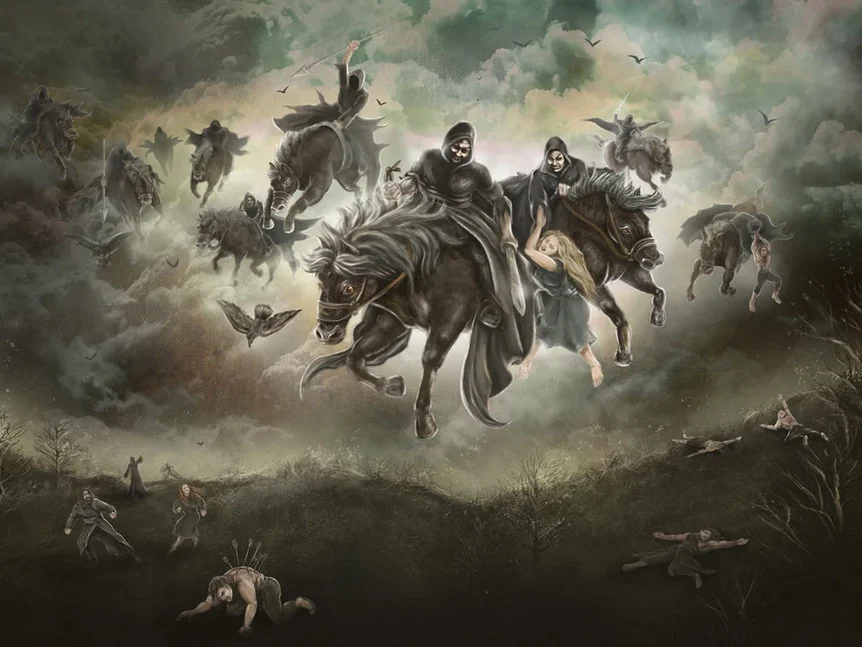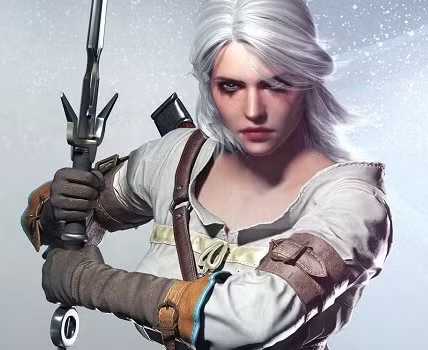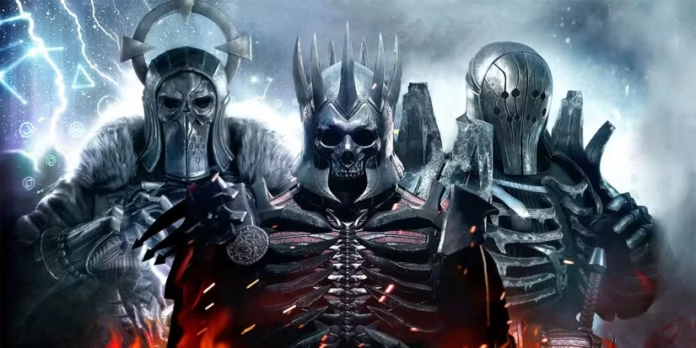Discover five overlooked truths about The Wild Hunt in Witcher lore- beyond Witcher 3’s portrayal of them as just another enemy army.
If you are among the many players who only experienced The Wild Hunt aka The Red Riders through Witcher 3 you may assume you already understand who these spectral riders are. Well, to an extent, you do. You see armored elves bursting through portals, shouting orders, and chasing Ciri like a fantasy SWAT team. That version is entertaining, but it only scratches the surface of what The Wild Hunt once represented in the books and early game lore. Before they became a raid boss encounter, they were a mystery, a supernatural omen that terrified peasants and puzzled even scholars. Let us go through five lesser-known truths about The Wild Hunt or the Red Riders, starting from what the games changed most recently and working backwards.

5. Witcher 3 Turned the Wild Hunt into A Physical Army for Gameplay Clarity
In Witcher 3, The Wild Hunt functions as a traditional game enemy. They have ships, commanders, soldiers, and dramatic scripted fights. This works perfectly for a video game that needs clear antagonists and spectacle. However, it also transforms The Wild Hunt from a haunting force into a visible, predictable faction. Instead of appearing as ghostly riders in the sky, they become enemies you can dodge, parry and defeat in direct combat. This change was needed for bosses and quest markers to function, but it stripped away the terror that came from not understanding what they were. This is why in the books they were far more terrifying. Witcher 3 made them conquerors you can fight, not omens you can only fear.
4. Geralt rode with the Wild Hunt at one point
Witcher 1 contains a moment that Witcher 3 quietly ignores. The King of The Wild Hunt appears before Geralt and says something unsettling: “You were one of us once.” This line wasn’t just theatrical villain talk. It referenced an earlier event from canon, after the Rivian pogrom, Geralt briefly died, and like many who hover between life and death, his soul was momentarily claimed by The Wild Hunt, the group that collects souls through spectral rides across worlds. However, this is because Geralt had struck a deal with Eredin, offering his soul in place of Yennefer’s.
Only Geralt can see The Hunt clearly, while others witness only flickers or silhouettes. Witcher 3 removes this eerie detail and reframes The Hunt as solely focused on Ciri’s Elder Blood. The original implication, that Geralt was once on the brink of becoming one of them, marked by death itself is never properly mentioned .
3. In The Books, People Saw the Wild Hunt as Ghosts, Not Elves
When The Wild Hunt appears in the books, the average person has no idea what they are seeing. To the common folk, they are not elves from another dimension. They are ghost riders in the sky, a chilling vision that signals death and disaster. Even among those with knowledge, very few can explain their origin. Only figures like Avallac’h explain their ties to another elven world. This made The Wild Hunt much more mysterious. In Witcher 3, everyone learns they are Aen Elle elves with specific military ranks. In the books, their identity remained uncertain, which made their appearances feel more like a supernatural prophecy than an invasion.
2. The Wild Hunt See Elder Blood as Their Birthright, Not A Prize for Humanity

Most players who played The Witcher 3 assume The Wild Hunt only want Ciri to use her Elder Blood powers against the White Frost. That is partially true, but it ignores a deeper motivation. In the original lore, Elder Blood was born from an Aen Elle elf, Lara Dorren, who had a child with a human. To The Wild Hunt, that bloodline should have belonged to elves alone. They believe that humans stole their lineage and corrupted something that was meant for elves. From their perspective, humans like Geralt of Rivia are guarding a power that was never theirs. The Hunt sees themselves as reclaiming a stolen destiny, not as villains. This angle gives The Wild Hunt a cold logic rather than simple malice, making them far more complex than many of us assume.
1. The Wild Hunt Takes People Alive, Not To Kill Them
In the books and early game lore, The Wild Hunt does not appear to wage open war. They ride in to take people, not to cut them down. Their horror comes from disappearance, from the way they would just come and make people vanish. The idea of being snatched away into another world without warning or reason. To The Wild Hunt, a living captive is far more valuable than a corpse. A taken human can be turned into a rider, a servant, or used for their bloodline. Witcher 3 reimagines them as straightforward combat enemies, but originally they were closer to soul hunters than soldiers— a fate you could not really fight, only fear.
Check out 5 interesting facts about Geralt of Rivia you might not have known
Check out why Shani should have been a main romance option in Witcher 3
